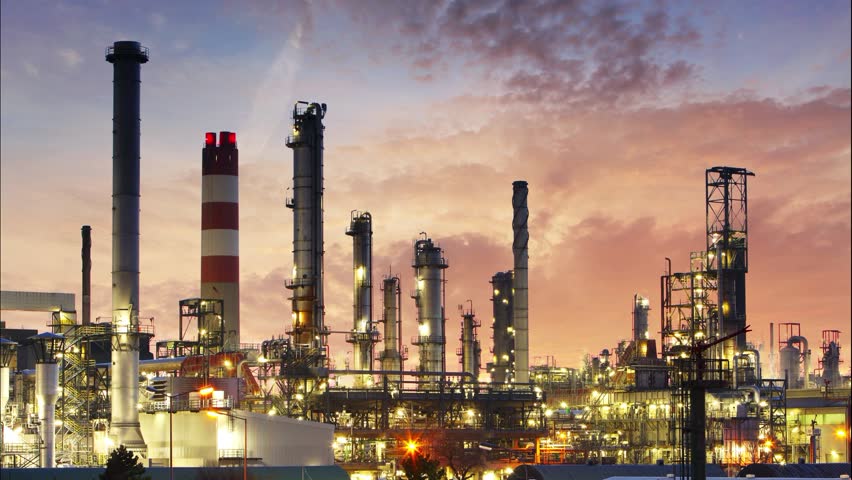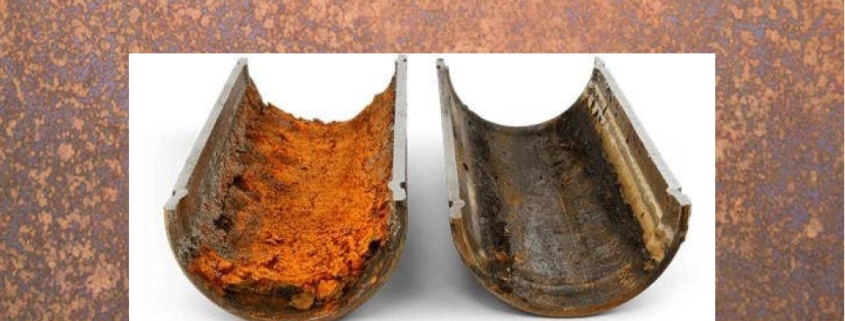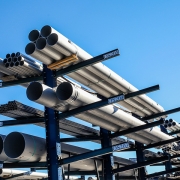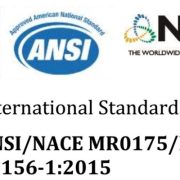NACE MR0175/ISO 15156 vs NACE MR0103/ISO 17495-1
Introduction
In the oil and gas industry, particularly in onshore and offshore environments, ensuring the longevity and reliability of materials exposed to aggressive conditions is paramount. This is where standards like NACE MR0175/ISO 15156 vs NACE MR0103/ISO 17495-1 come into play. Both standards provide critical guidance for material selection in sour service environments. However, understanding the differences between them is essential for selecting the right materials for your operations.
In this blog post, we will explore the key differences between NACE MR0175/ISO 15156 vs NACE MR0103/ISO 17495-1, and offer practical advice for oil and gas professionals navigating these standards. We will also discuss the specific applications, challenges, and solutions these standards provide, especially in the context of harsh oil and gas field environments.
What Are NACE MR0175/ISO 15156 and NACE MR0103/ISO 17495-1?
NACE MR0175/ISO 15156:
This standard is globally recognized for governing material selection and corrosion control in sour gas environments, where hydrogen sulfide (H₂S) is present. It provides guidelines for the design, manufacturing, and maintenance of materials used in onshore and offshore oil and gas operations. The goal is to mitigate the risks associated with hydrogen-induced cracking (HIC), sulfide stress cracking (SSC), and stress corrosion cracking (SCC), which can compromise the integrity of critical equipment like pipelines, valves, and wellheads.
NACE MR0103/ISO 17495-1:
On the other hand, NACE MR0103/ISO 17495-1 is primarily focused on materials used in refining and chemical processing environments, where exposure to sour service may occur, but with a slightly different scope. It covers the requirements for equipment exposed to mildly corrosive conditions, with an emphasis on ensuring materials can withstand the aggressive nature of specific refining processes like distillation or cracking, where the corrosion risk is comparatively lower than in upstream oil and gas operations.

NACE MR0175 ISO 15156 vs NACE MR0103 ISO 17495-1
Main Differences: NACE MR0175/ISO 15156 vs NACE MR0103/ISO 17495-1
Now that we have an overview of each standard, it is important to highlight the differences that may impact material selection in the field. These distinctions can significantly affect the performance of materials and the safety of operations.
1. Scope of Application
The primary difference between NACE MR0175/ISO 15156 vs NACE MR0103/ISO 17495-1 lies in the scope of their application.
NACE MR0175/ISO 15156 is tailored for equipment used in sour service environments where hydrogen sulfide is present. It is crucial in upstream activities such as exploration, production, and transportation of oil and gas, especially in offshore and onshore fields that deal with sour gas (gas containing hydrogen sulfide).
NACE MR0103/ISO 17495-1, while still addressing sour service, is more focused on refining and chemical industries, particularly where sour gas is involved in processes like refining, distillation, and cracking.
2. Environmental Severity
The environmental conditions are also a key factor in the application of these standards. NACE MR0175/ISO 15156 addresses more severe conditions of sour service. For instance, it covers higher concentrations of hydrogen sulfide, which is more corrosive and presents a higher risk for material degradation through mechanisms such as hydrogen-induced cracking (HIC) and sulfide stress cracking (SSC).
In contrast, NACE MR0103/ISO 17495-1 considers environments that may be less severe in terms of hydrogen sulfide exposure, though still critical in refinery and chemical plant environments. The chemical composition of the fluids involved in the refining processes may not be as aggressive as those encountered in sour gas fields but still presents risks for corrosion.
3. Material Requirements
Both standards provide specific criteria for material selection, but they differ in their stringent requirements. NACE MR0175/ISO 15156 places greater emphasis on preventing hydrogen-related corrosion in materials, which can occur even in very low concentrations of hydrogen sulfide. This standard calls for materials that are resistant to SSC, HIC, and corrosion fatigue in sour environments.
On the other hand, NACE MR0103/ISO 17495-1 is less prescriptive in terms of hydrogen-related cracking but requires materials that can handle corrosive agents in refining processes, often focusing more on general corrosion resistance rather than specific hydrogen-related risks.
4. Testing and Verification
Both standards require testing and verification to ensure materials will perform in their respective environments. However, NACE MR0175/ISO 15156 demands more extensive testing and more detailed verification of material performance under sour service conditions. The tests include specific guidelines for SSC, HIC, and other failure modes associated with sour gas environments.
NACE MR0103/ISO 17495-1, while also requiring material testing, is often more flexible in terms of the testing criteria, focusing on ensuring that materials meet general corrosion resistance standards rather than focusing specifically on hydrogen sulfide-related risks.
Why Should You Care About NACE MR0175/ISO 15156 vs NACE MR0103/ISO 17495-1?
Understanding these differences can help prevent material failures, ensure operational safety, and comply with industry regulations. Whether you are working on an offshore oil rig, a pipeline project, or in a refinery, using the appropriate materials per these standards will safeguard against costly failures, unexpected downtime, and potential environmental hazards.
For oil and gas operations, especially in onshore and offshore sour service environments, NACE MR0175/ISO 15156 is the go-to standard. It ensures that materials withstand the harshest environments, mitigating risks like SSC and HIC that can lead to catastrophic failures.
In contrast, for operations in refining or chemical processing, NACE MR0103/ISO 17495-1 offers more tailored guidance. It allows materials to be used effectively in environments with sour gas but with less aggressive conditions compared to oil and gas extraction. The focus here is more on general corrosion resistance in processing environments.
Practical Guidance for Oil and Gas Professionals
When selecting materials for projects in either category, consider the following:
Understand Your Environment: Evaluate whether your operation is involved in sour gas extraction (upstream) or refining and chemical processing (downstream). This will help you determine which standard to apply.
Material Selection: Choose materials that are compliant with the relevant standard based on environmental conditions and the type of service (sour gas vs. refining). Stainless steels, high-alloy materials, and corrosion-resistant alloys are often recommended based on the severity of the environment.
Testing and Verification: Ensure that all materials are tested according to the respective standards. For sour gas environments, additional testing for SSC, HIC, and corrosion fatigue may be necessary.
Consult with Experts: It is always a good idea to consult with corrosion specialists or material engineers familiar with NACE MR0175/ISO 15156 vs NACE MR0103/ISO 17495-1 to ensure optimal material performance.
Conclusion
In conclusion, understanding the distinction between NACE MR0175/ISO 15156 vs NACE MR0103/ISO 17495-1 is essential for making informed decisions on material selection for both upstream and downstream oil and gas applications. By choosing the appropriate standard for your operation, you ensure the long-term integrity of your equipment and help prevent catastrophic failures that can arise from improperly specified materials. Whether you are working with sour gas in offshore fields or chemical processing in refineries, these standards will provide the necessary guidelines to protect your assets and maintain safety.
If you are unsure which standard to follow or need further assistance with material selection, reach out to a materials expert for tailored advice on NACE MR0175/ISO 15156 vs NACE MR0103/ISO 17495-1 and ensure your projects are both safe and compliant with industry best practices.







